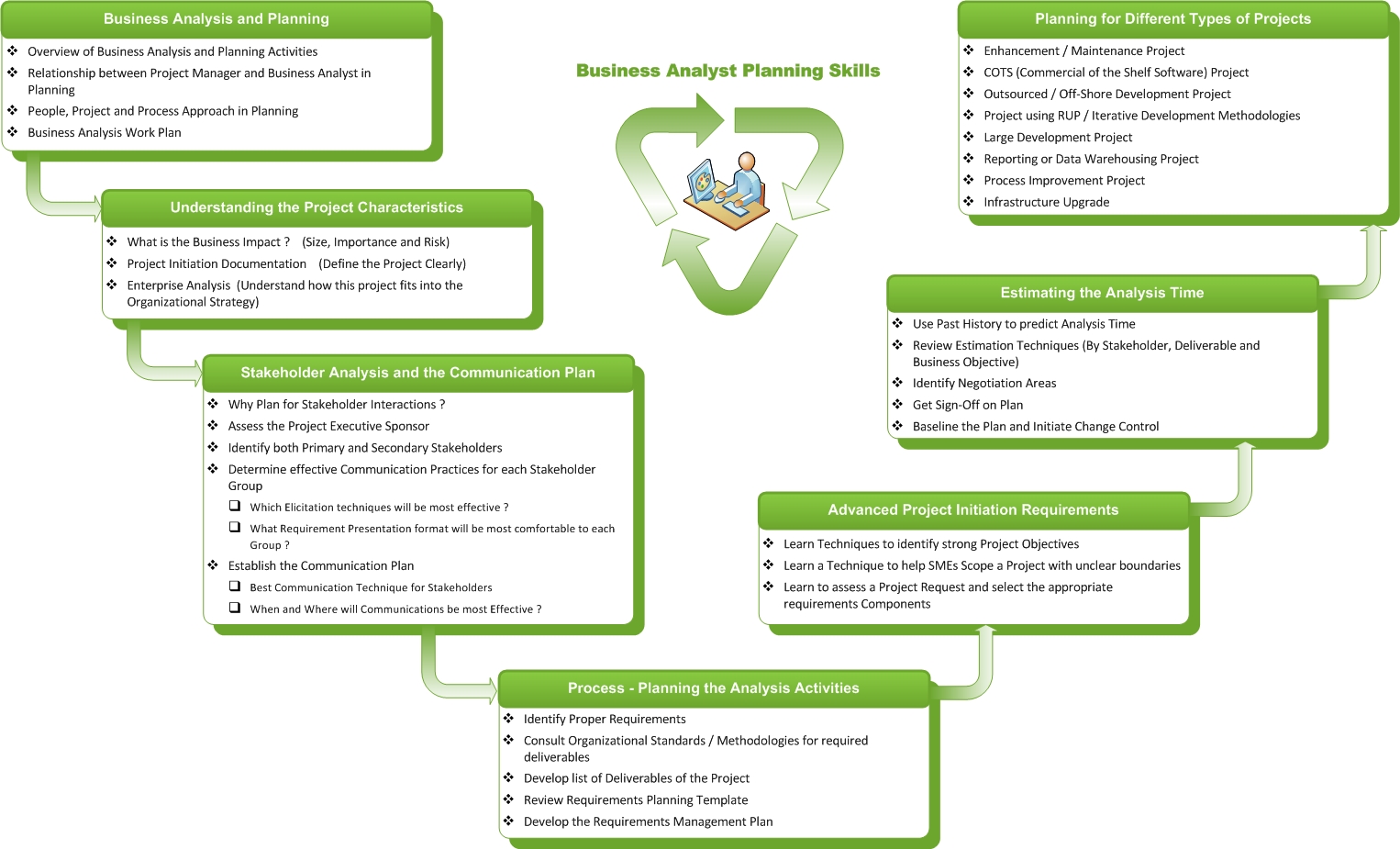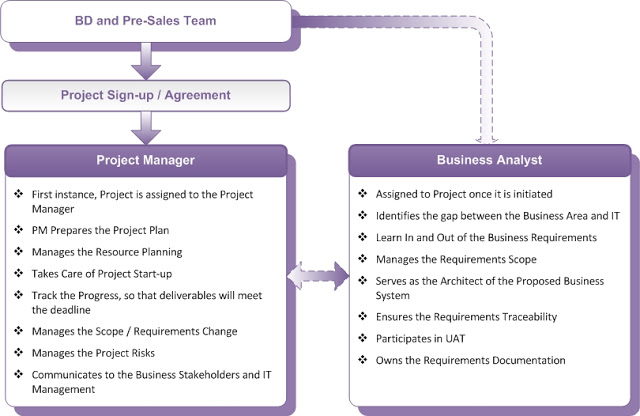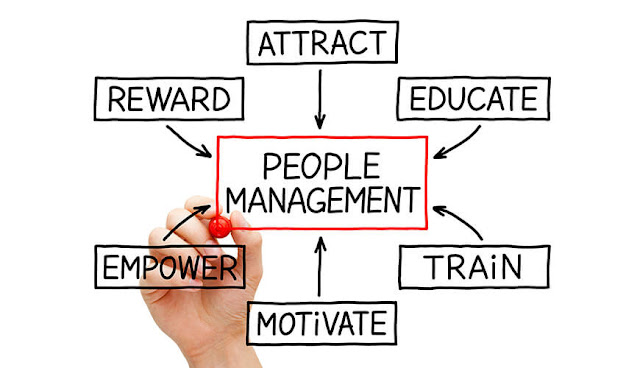Do you demonstrate leadership skills in your public speaking? Here are 10 focusing techniques to make you more dynamic and successful.
When it comes to leading others, you need to be a skilled public speaker. That has always been true. Yet in today's virtual world, what you say may be heard by millions worldwide. Your ability to be fully, extraordinarily present both in person and virtually is therefore essential.
Of course, the higher your profile and influence, the more distractions that may keep you from becoming the speaker you want to be. So maintaining your alignment is a must-achieve task.
Below are 10 theater-based approaches we use at The Genard Method to help leaders stay fully present for audiences. They range from nonverbal communication to storytelling to breathing for speech. Each tip is simple. Together, they're a recipe for presentation excellence and maximum influence.
Ten Public Speaking Techniques for Leadership
- Ground yourself. Grounding is a tool for feeling stable and looking steadfast. With feet at shoulder width, grip the floor with your toes inside your shoes. Imagine you have roots that go deep into the ground. The Earth gives you energy and power—two essential attributes of great speaking.
- Stand or sit with good posture. Visuals matter in how you look and carry yourself. Posture makes a difference in terms of your credibility and authority. Demonstrate pride in your self-image. It will also make you feel more like the person you want to portray.
- Breathe diaphragmatically. That means slowly, deeply, and calmly. "Belly breathe" by taking fuller breaths, so you support the sound to the ends of phrases (where the most important words reside). It also helps calm your nerves and focuses you naturally.
- Notice your audience. Your audience is a pool you need to submerge yourself in. Whatever you're saying, watch how listeners react. Then respond in turn. Doing so is part of what makes you a speaker with true focused stage presence.
- Slow down. High-profile speaking can make you speak too rapidly because of adrenaline, the "fight or flight" hormone. Take your time to cherish this speaking opportunity, which is only here now and in a moment will be gone forever. Just like an actor, you need to allow enough time for emotional responses. It's one of the ways of knowing how to captivate an audience.
- Be more sensual. Take in everything that’s happening, through all your senses. Hear with your eyes. Feel the audience’s reactions as if they were tactile. Taste the ideas in your mouth, etc. Respond with all your being! You'll be in the moment like never before.
- Aim your energy outward. Your audience matters, not you! Lose yourself in your message and how it's being received. Since as a leader you probably aren't used to hearing this, I'll repeat it: you don't matter. Send the best of you to the people who do matter.
- Make eye contact as you tell the story. The story is what the audience is here for, which is how your content affects people. Whatever you’re talking about, it’s a story, a narrative. In that sense, you're always involved in storytelling. Make that your touchstone.
- Trust silence. Silence is one of the most powerful tools in your public speaking toolbox. It helps you pace your presentation. It gives audiences time to fully grasp what you're saying. It also tells audiences, “I'm confident.” (Are you anxious about speaking? Here are 10 Fast and Effective Ways to Overcome Stage Fright.)
- Move! Moving on stage will help you think and keep you in the moment. Strong, clean gestures amplify meaning. The body is an essential tool of human communication, which is what 'body language' means. Give physical expression to the important things you're saying. If you don't, we'll miss the human being behind the ideas. Here are 6 skills building exercises in body language for public speaking.
A last point: Don't practice all of these techniques at once. Try one or two at a time, preferably in low-risk speaking situations. You'll gradually build up a level of focus and engagement with audiences that any speaker would envy.
https://bit.ly/3quXZOu






















